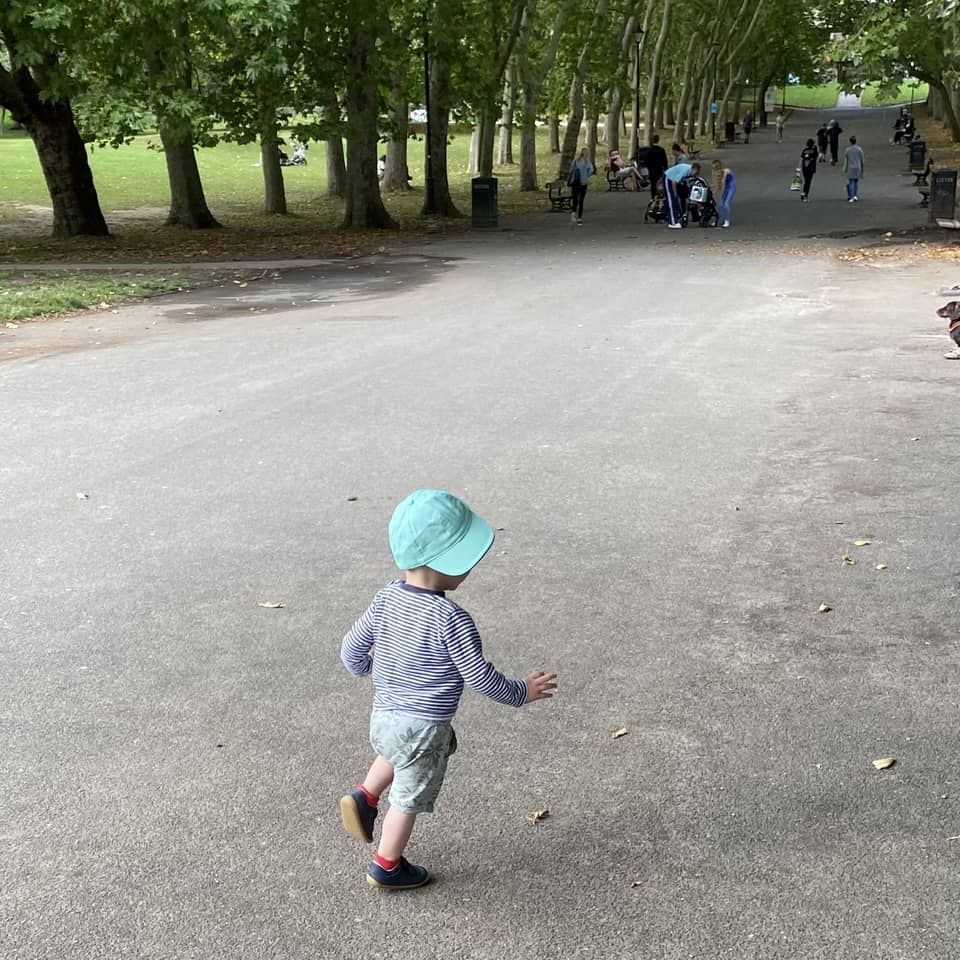My 18-month-old son has recently started nursery. His name is Séaghdha (‘Shay’) but if you’re in the know, you call him Sé Sé (‘Shay Shay’). When I was his age and my mother needed childcare I was looked after by my great aunt, my grandfather and two ghosts.
My grandmother had just died and Granda talked about her daily. As I grew older she was a constant presence in our lives. Granda told stories of how they met and where they went and what she said.
He endured a pretty deep depression in the first year after her death. A friend came to talk him out of it one day and got a punch in the mouth for his efforts. Maybe a curious pre-schooler was exactly the audience Granda needed. I soaked up his stories about Granny and in turn, I experienced Granda as a soft, hilarious man with access to joy and mischief, and untold amounts of patience for children.
He had experienced depression earlier in his life too. After their youngest daughter, Joannie died at the age of 18 months, he had a nervous breakdown. I don’t know exactly what that looked like. Nervous breakdown was kind of a catch all term when I was growing up and my mother only mentioned it once in passing. But I can imagine what that kind of grief might have done to him.
As far back as I can remember I’ve always known Joannie’s story. She spent a lot of time in hospital in Belfast before she died. The box of old family photos in my parents’ attic has plenty of pictures of Joannie sitting on a hospital bed. It was 1960 but it looks more like the forties to me.
I’ve spent a lot of time in hospital with my son this year. It’s a long story. It’s nothing serious but he requires precautionary checks and blood tests every so often. Because of Covid related restrictions my husband hasn’t been able to come with us so I’ve passed hours alone playing with Séaghdha in a hospital cubicle, holding him while he has blood taken, and watching him sleep with his hand bandaged and his big toe connected to a monitor. It’s a lot of time to think and I couldn’t help but think of the photos of Joannie looking drawn in her hospital bed.
We have a routine, Sé Sé and I. When he’s been seen by the doctors and the poking and prodding has finished while we wait for results, we FaceTime my mum so Granny can provide the entertainment for a while.
When I hear the stories people share with me in the course of my work, or even when I look back at my family’s story, I am in awe of the resilience of human beings. And it seems to me that telling the family story – without skipping the painful parts – is a way that families begin to restore themselves to their fullest, most alive versions of themselves. At least, I have to believe that.

